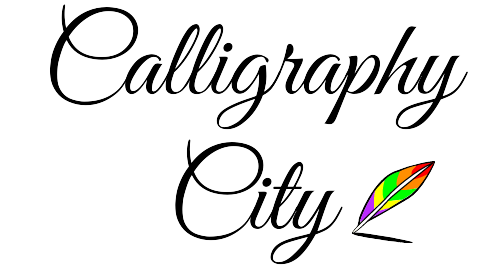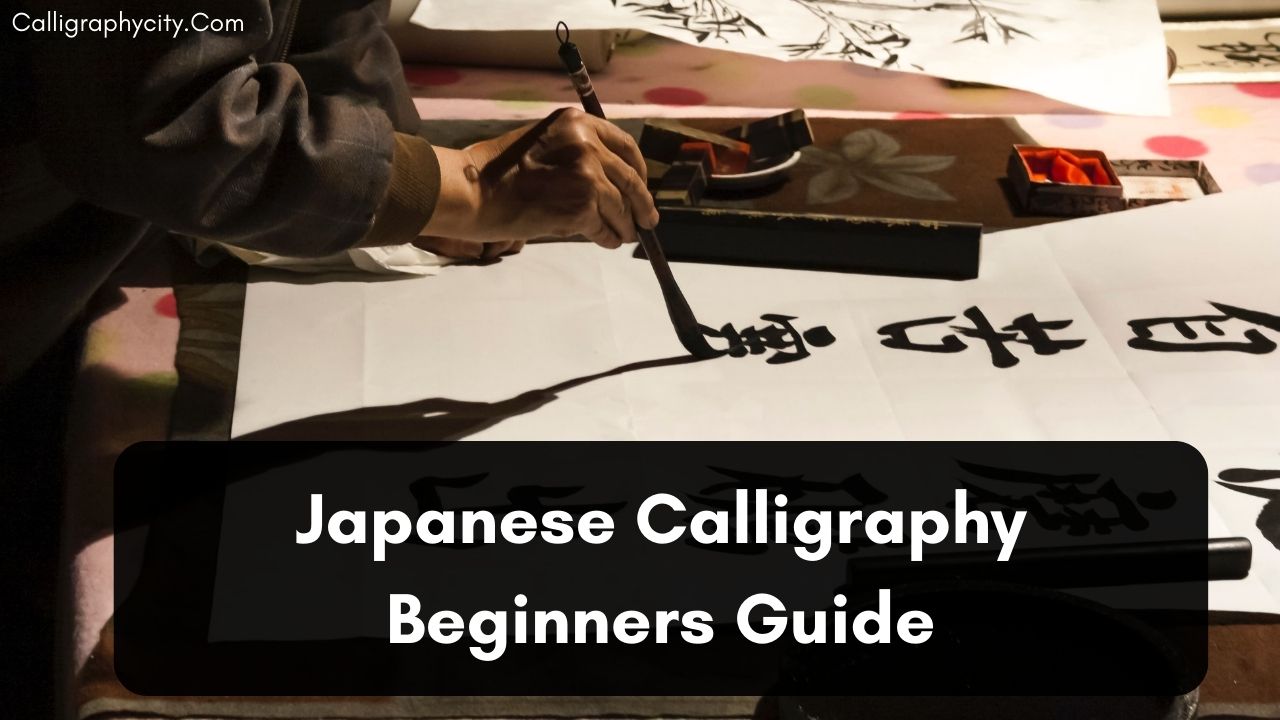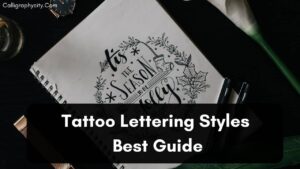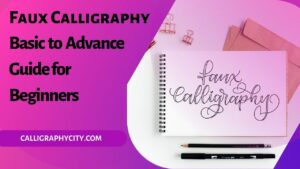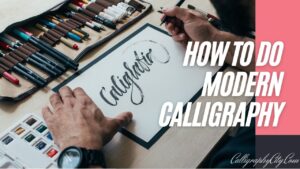101+ Japanese Calligraphy or Shodo for Beginners Guide
Hey, what’s going on writers hope you all are doing well So today we are here with a very interesting topic Japanese Calligraphy or Shodo for Beginners.
So if you are hunting something like this then why wait here is your destination
Today we will cover the topics like Japanese calligraphy art, brush, fonts, and much more.
So Let’s have a seat and a cup of coffee with a calligraphy pen and smooth calligraphy paper.
Japanese Calligraphy

So first you have to understand what is really meant by Japanese calligraphy and why this is one of the famous calligraphy styles.
We can also be called Shodo the original name of the Japanese handwriting art form or in the modern world, you can say Japanese calligraphy.
“SHODO” is the oldest art form in japan since the 5th century the meaning of Shodo is “the traditional art form or the way beautiful handwriting”
Japanese calligraphy has a rich and very long history itself. basically, it is written with 2 kanji characters in Japanese.
Kanji character means Japanese characters.
Japanese Calligraphy Vs Modern Calligraphy
Japanese calligraphy is very different from today’s modern calligraphy because it’s harder to learn not like today’s modern calligraphy.
Shodo has there own history and its own rules you can not use the normal pilot pen for traditional Japanese calligraphy like modern calligraphy.
Modern calligraphy is easier to learn and less time-consuming not requiring knowledge of any specific Japanese characters.
But it’s totally the opposite when it comes to Japanese calligraphy this is harder to learn and required an expensive brush, a lot of time, and basic knowledge of Japanese characters or words.
Different Types of Japanese Calligraphy
These are different types or forms of Japanese calligraphy:
- Regular script
- Sosho
- Inkstick
- Semi-cursive script
- Ink brush
- Suzuri
- Shitajiki
- Sumi Ink
- Bokuseki : Zen Calligraphy
- Higemoji (髭文字
- Kakuji
- Sumoumoji
Japanese Calligraphy Brush
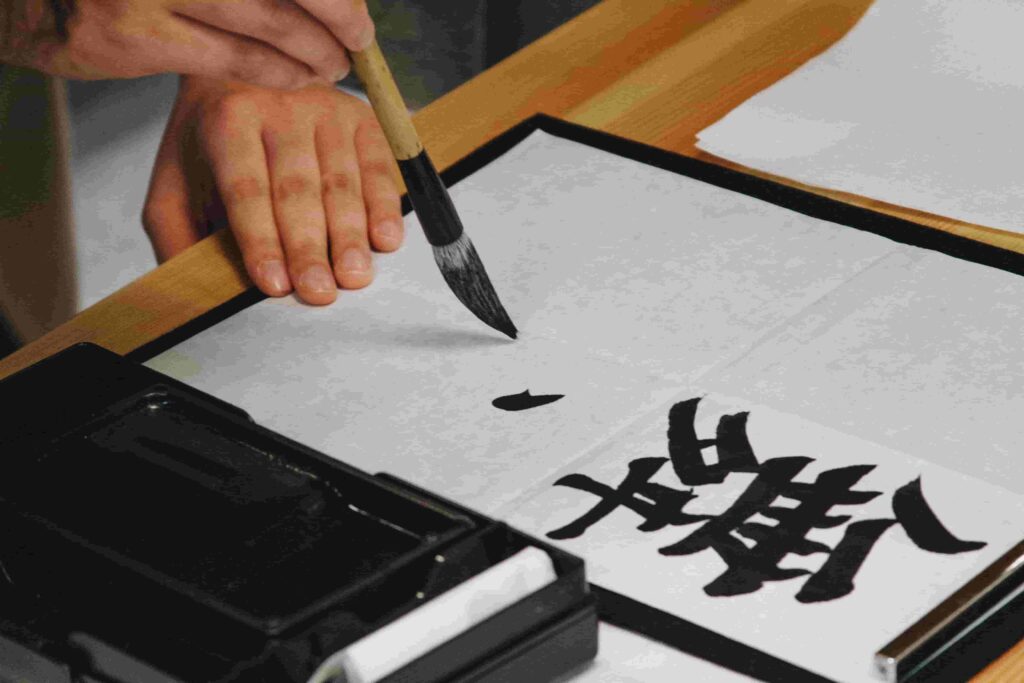
The brush is the most important whenever you talk about the practice of Japanese calligraphy. Why I said this read continue you will surely understand why brushes are important.
These calligraphy brushes are the most expensive compared to other regular modern calligraphy brushes.
Basically, Japanese calligraphy brushes are divided into 3 sections, small, large, and medium.
Every type of brush has its own specialization and qualities you have to decide what you will do with these brushes.
Small Calligraphy Brush
Small calligraphy brushes are mainly used for fine lines and small characters such as signature writing it’s hard to do practices with a small brush.
Medium Calligraphy Brush
The medium one is the most commonly used brush out there if you want a brush for practicing Japanese calligraphy then medium size brush is made for you.
You can practice with medium size brushes also you can make fine lines as well as bold characters with medium calligraphy brushes.
Large Calligraphy Brush
Larges brushes are mostly used to draw big and bold characters when you feel more creative you can use an extra larger brush that is also available.
Type of Bristle
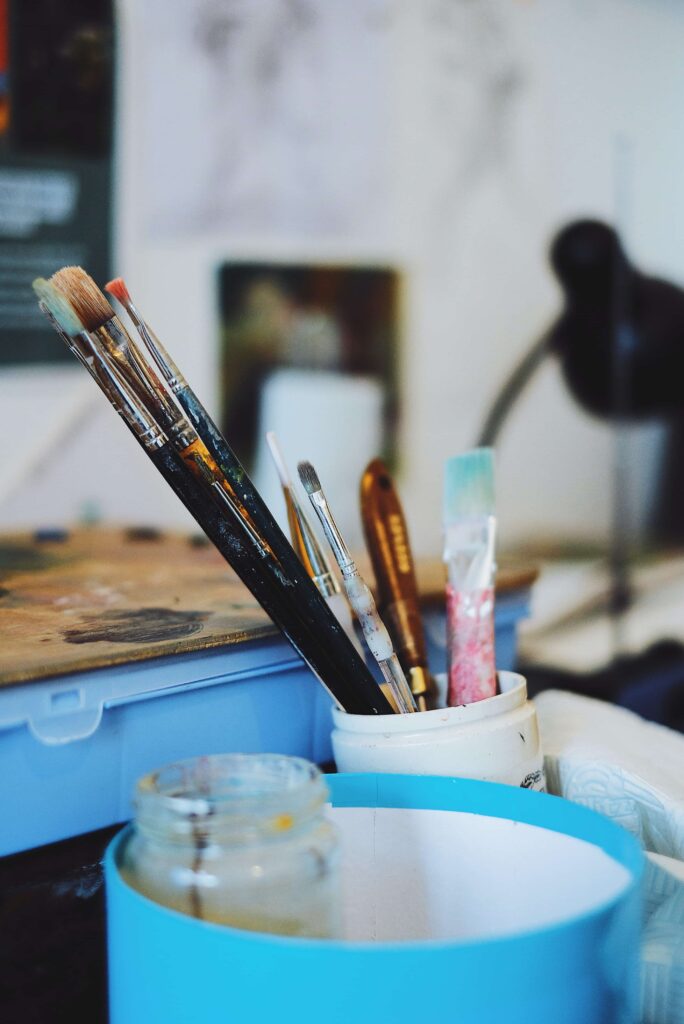
The bristle is the hair part on the top of the brush made of it.
There are three types of brush bristles mostly used for Japanese calligraphy.
Hard Bristle
These bristles have brown hair and are made of wolf, horse, or deer hairs these bristles are a little harder and do not hold too much ink in the brush.
also, hard bristle brushes are easier to use as compared to soft bristle brushes.
By using this bristle you were able to draw very distinct lines and bold powerful strokes.
Jugal or Tender Bristle
These bristles are made of goat hairs tender bristles are softer and harder to manage as compared to hard bristles.
Because of its softness, it’s really hard to balance these bristles on the paper.
Kengo Bristle
These bristles are combo bristles made of horse and goat hairs.
Kengo bristles are a combination of hard and soft bristles the inner layer of the brush is made of horse hair and the upper layer of the brush is made of goat hair.
These brushes hold more inks and are very easy to manage as compared to other brushes.
Note: If you are a beginner then I strongly recommend these Kengo bristle brushes.
How to write the Basic line
If you want to learn how to write the basic lines in Japanese calligraphy I will attach a youtube video from Japanese Calligrapher Takumi
Here is the video guide you can watch this video for a more detailed tutorial on how to draw a basic line for Japanese calligraphy.
Aesthetic Japanese Calligraphy Font
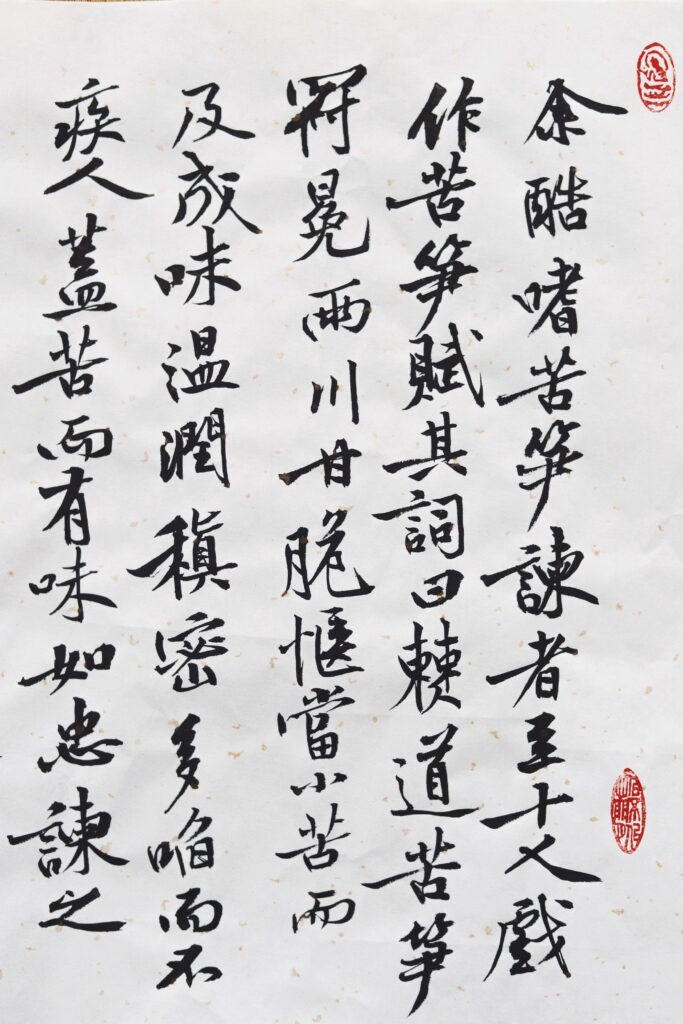
Apart from traditional calligraphy digital calligraphy is also more famous these days and for digital calligraphy, you need fonts.
Japanese calligraphy fonts are very famous all over the world.
So in this section, we will cover some of the top most popular and famous calligraphy fonts.
let’s start the font list I’ll also attach the download links of every font these are free to use.
you can easily download these fonts.
1. Shigoto memogaki –
One of the commonly used fonts.
- Free for personal, non-commercial, and commercial works
Supported Characters are:
- Hiragana and Katakana
- Kanji (JIS Level 1)
- Numbers
- Symbols and Punctuation
Download by Click Here
2. Dining message –
This font is used for the make art and craft on the dining table or the fridge doors dining message is a sharp font.
- Free for personal, non-commercial, and commercial works
Supported Characters are:
- Hiragana
- Katakana
- Alphanumeric
- Kanji (JIS Level 1 + 2, Extended Kanji)
- Punctuations and symbols
3. Chihaya Jun –
Chihaya jun is one of the lightweight and cute fonts out there if you are looking for something like this. I’ll recommend this font.
- Free for personal and commercial projects
- For commercial usage, you are required to report to the font designer how you use it.
Supported Characters are:
- Hiragana and Katakana
- Kanji (Up to Shift JIS Level 4)
- Alphanumerics
- Symbols and Punctuation
Download by Click Here
4. Makiba –
Makiba is a very unique and modern font with calligraphy style and a dancing baseline.
This is the typeface handwriting script very well-known and popular font.
- Free for personal and commercial projects
Download by Click Here
5. Nakurigaki Crayon –
This is the freestyle handwriting font written with crayons.
Readability is a bit low so do not use small writing because it’s not readable in small characters.
- Free for personal and commercial only
- Redistribution of this font is prohibited
Supported Characters are:
- Alphanumeric
- Hiragana and Katakana
- Kanji (JIS Level 1)
- Symbols and punctuations
Download by Click Here
Conclusion
So this is all about Japanese calligraphy.
I hope this article will help you to learn much more about Japanese history calligraphy.
If this really made an impact on your knowledge let me know by commenting on this post.
If you have any doubt you can ask in the comment section will come back soon.
Happy Writing… Happy Calligraphy…
